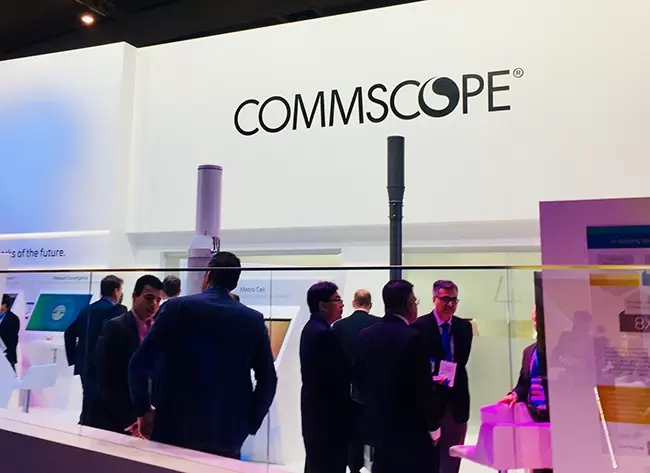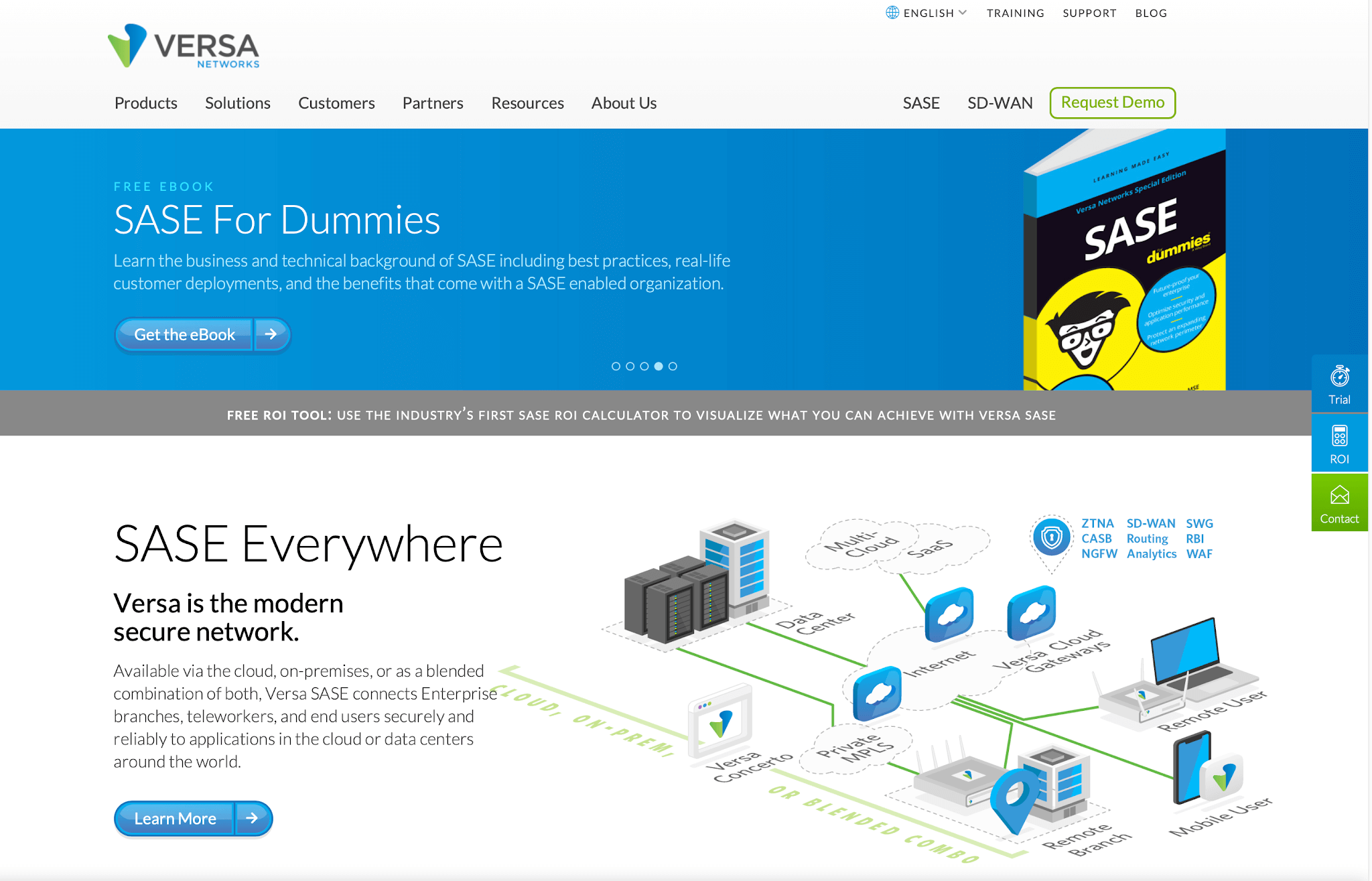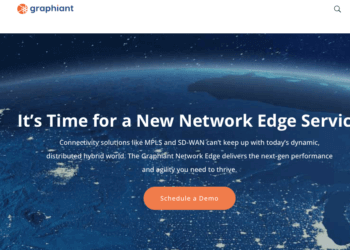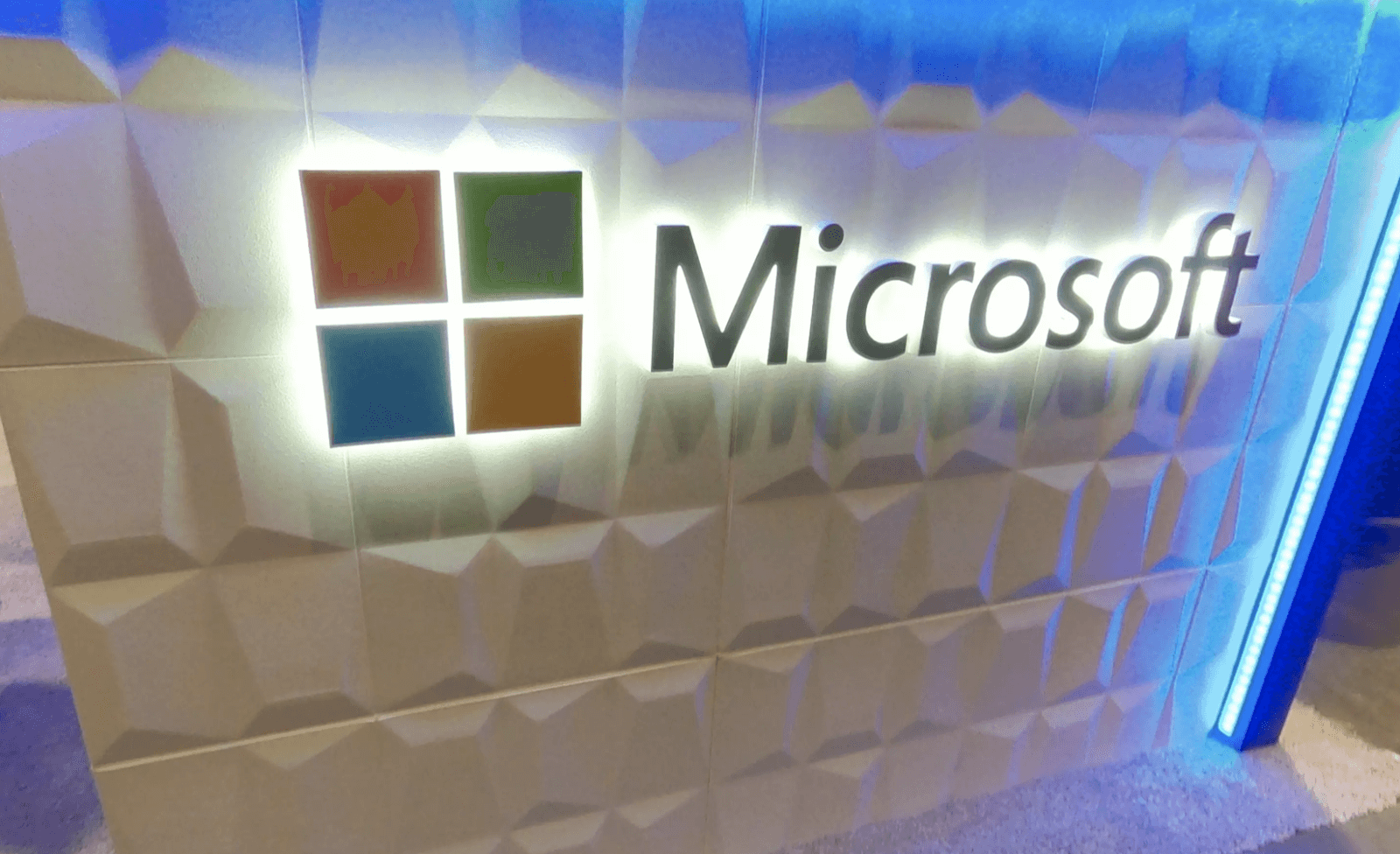Ranovus, which develops photonic interconnects, has secured a $36 million contribution through the Government of Canada's Strategic Innovation Fund (SIF) to support a $100 million project that will advance the domestic production and manufacturing of semiconductor products.
The project aims to develop the highest performing and most power-efficient technologies for interconnect computer chips for next-generation artificial intelligence systems. Building on previous work supported through the Strategic Innovation Fund (SIF), this project includes the development of a single-chip optical engine that would allow fibre optics to replace electrical circuits in high–performance computers for data centre servers.
Ranovus said the funding enables it to increase its highly skilled workforce in Canada to 200 full-time employees and provide opportunities to 150 Canadian co-op students.

"The computing power for training artificial intelligence systems has grown by 300,000 times over the past 5 years, based on the recent OpenAI study. To support this unprecedented growth, thousands of computer chips must be interconnected with massive data pipes to create an artificial intelligence cluster. In 2022, Ranovus delivered ODIN, the world's fastest, smallest and lowest power consumption AI interconnect chip. ODIN consumes 75% less power, is 80% smaller than its closest rival and is scaling into production in the next 9 months with Tier 1 U.S. customers. We are investing $100 million to further scale our next-generation AI interconnect platform and are delighted by the continued support of the Strategic Innovation Fund to help keep Canada at the leading edge of the next generation of AI native infrastructure," stated Hamid Arabzadeh, Chairman and CEO, Ranovus Inc.
Ranovus, established in 2012, is headquartered in Ottawa, Ontario.
SIF first funded Ranovus in 2018 with $20 million to support the development and construction of next-generation data infrastructure centres designed to reduce the environmental impact of data processing while also doubling the capacity of these centres.
In February 2022, the Government of Canada launched the Semiconductor Challenge Callout, a $150 million allocation from SIF to bolster the development and manufacturing of semiconductors in Canada.
Sunday, March 19, 2023
Co-packaged optics (CPO) were a hot topic at #OFC23 in San Diego.
In this video, Hamid Abzadeh, Chairman and CEO of Ranovus, discusses the advantages of co-package optics in module applications with direct drive technology. Co-package optics enable a significant reduction in power consumption for pluggable applications, as demonstrated by Ranovus' Odin platform. The co-package optics version of the Odin platform has a power consumption of 5 pico joules per bit (5pJ/bit), including the lasers, which is significantly lower than the re-timed version. This reduction in power consumption makes the technology ideal for AI and machine learning interconnect, which is a scalable function that could be networked through multiple GPUs and CPUs.
Abzadeh also talks about the interoperability and networkability of co-package optics technology. Renovus' Odin platform is integrated with AMD Xilinx and can be interconnected with standard-based modules, as demonstrated by the 800 gig OSFP module from a third party. Furthermore, Ranovus' own module is also interconnected with the third-party module to show the power consumption and differences between the two.
Odin is built using GlobalFoundries' Fotonix monolithic RF/CMOS silicon photonics (SiPh) platform.
https://youtu.be/UIsa75wUmJY















































